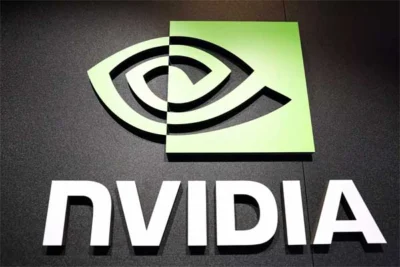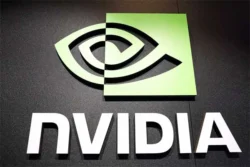
SANTA CLARA, Calif. - Aug 28, 2025 (UTC) - NVIDIA Corporation (NASDAQ: NVDA) reported exceptional second-quarter fiscal 2025 results, with record revenue of $30.0 billion, marking a 15% increase from the previous quarter and a staggering 122% jump compared to the same period last year. The results significantly exceeded the company’s guidance of $28 billion, demonstrating the continued strength of artificial intelligence demand across global markets.
Data Center Business Drives Growth
The semiconductor giant’s data center division, which houses its flagship AI processors, generated $26.3 billion in revenue, representing 88% of total company sales and climbing 154% year-over-year. This segment, crucial to NVIDIA’s AI chip business, surpassed StreetAccount expectations of $25.24 billion, underscoring the robust demand for high-performance computing hardware in the AI era.
“Revenue of $30 billion was up 15% sequentially and up 122% year-on-year and well above our outlook of $28 billion,” said Colette Kress, NVIDIA’s Chief Financial Officer, during the earnings call.
Nine Consecutive Quarters of Exceptional Growth
Year-over-year revenue has now exceeded 50% for nine straight quarters, dating back to mid-2023, when the generative AI boom started to show up in Nvidia’s results. The company indicated that sales growth this quarter will remain above 50%, signaling to Wall Street that demand for AI infrastructure shows no sign of fading.
China Market Presents Both Opportunity and Challenge
While NVIDIA continues to dominate the AI chip market globally, geopolitical tensions present both challenges and opportunities. CEO Jensen Huang highlighted the significant potential in the Chinese market, stating that China is a potential $50 billion market “this year” for Nvidia, emphasizing its position as the No. 2 computing country in the world, with AI researchers and robust tech infrastructure.
However, export restrictions on the company’s H20 chips designed for the Chinese market have created headwinds. The absence of H20 sales to Chinese customers in Q2 2025—a market that accounts for 50% of global AI researchers—has created a $2–$5 billion revenue gap in Q3 guidance. Despite this challenge, Nvidia said that if it can navigate geopolitical issues, it could generate as much as $5 billion in sales of H20 chips to China in the current quarter.
Sovereign AI and Future Growth
Looking ahead, NVIDIA sees substantial opportunities in sovereign AI initiatives globally. The company said it could bring in as much as $20 billion in sovereign AI related revenue this year. This represents governments and organizations seeking to develop their own AI capabilities using local infrastructure and data.
Huang expressed optimism about long-term growth prospects, stating “The next several years we see really significant growth opportunities ahead.”
Market Position and Industry Impact
The semiconductor industry is at a pivotal inflection point, with artificial intelligence (AI) driving a seismic shift in demand for high-performance computing hardware. NVIDIA’s dominant position in this transformation is reflected in market projections, with the AI server market projected to balloon from $366 billion in 2025 to $600 billion by 2029. Nvidia’s 50%+ share of AI capital spending means its performance is inextricably tied to the sector’s health.
Operational Efficiency Despite Challenges
Despite a slight dip in gross margin due to export restrictions on H20 chips to China, NVIDIA maintained strong profitability and operational efficiency. The company’s ability to navigate regulatory challenges while maintaining growth demonstrates the resilience of its business model and the fundamental strength of AI demand.
Looking Forward
As NVIDIA continues to capitalize on the AI revolution, the company faces the dual challenge of meeting unprecedented demand while navigating complex geopolitical landscapes. With new product launches on the horizon, including the highly anticipated Blackwell architecture, NVIDIA appears well-positioned to maintain its leadership in the AI chip market.
The results reinforce NVIDIA’s status as a barometer for the broader AI industry’s health and momentum, with investors and industry observers closely watching each quarter for signals about the sustainability of the AI boom that has transformed the technology landscape over the past two years.





